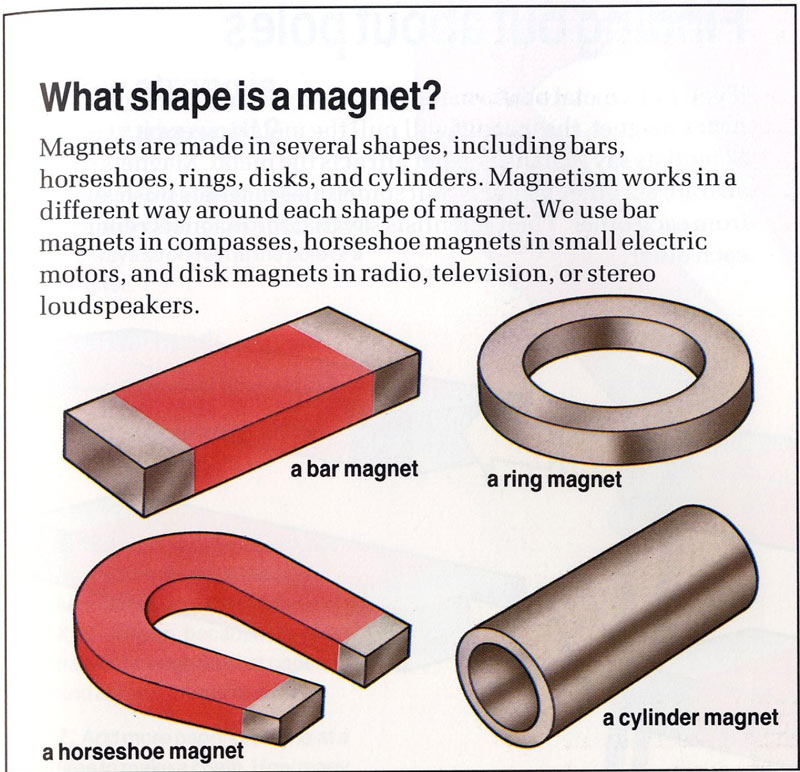The Enigmatic Dance of Magnetic Forces

From the simple compass guiding ancient mariners to the complex machinery powering modern technology, the invisible forces of magnetism have shaped human civilization. But what is the essence of this mysterious phenomenon? What are the fundamental magnetic properties that govern these interactions, and how do they manifest in the world around us?
The story of magnetism begins with observation. The ancient Greeks noticed the peculiar attraction of lodestones, naturally occurring magnets composed of iron oxide. These seemingly magical stones, capable of attracting iron filings and influencing the direction of a compass needle, hinted at a hidden force operating within the natural world. This early fascination with magnetic properties laid the groundwork for centuries of scientific inquiry, eventually revealing the intricate relationship between magnetism and electricity.
At the heart of magnetic behavior lies the concept of the magnetic field. This invisible field, surrounding every magnet, exerts a force on other magnets and magnetic materials. The strength and direction of this field determine the nature of magnetic interactions. The north and south poles of a magnet are regions where the magnetic field lines are most concentrated, and it is these poles that mediate the familiar push and pull of magnetic forces. Like poles repel each other, while opposite poles attract, a fundamental principle governing the magnetic dance.
The properties of magnets and their interactions are not merely abstract concepts; they are fundamental to countless technologies that underpin modern life. From the humble refrigerator magnet to the powerful electromagnets used in MRI machines and particle accelerators, the applications of magnetism are vast and diverse. Understanding the intricacies of magnetic interactions is key to harnessing the power of this invisible force.
Beyond the practical applications, the study of magnetism also reveals profound insights into the fundamental nature of the universe. The interconnectedness of magnetism and electricity, as described by Maxwell's equations, revolutionized our understanding of electromagnetism and paved the way for countless technological advancements. The exploration of magnetic phenomena continues to be a vibrant area of research, with ongoing investigations into areas such as magnetic storage devices, magnetic levitation, and the search for novel magnetic materials.
A key concept in magnetism is magnetic permeability, which describes how easily a material can be magnetized. Iron, for instance, has a high permeability, which is why it is easily attracted to magnets. Conversely, materials like wood have low permeability and are essentially unaffected by magnetic fields.
One benefit of understanding magnetic interactions is the development of efficient electric motors and generators. These devices rely on the interplay between magnetic fields and electric currents to convert electrical energy into mechanical energy and vice versa. Another benefit is the use of magnets in data storage. Hard drives and other storage media utilize magnetic materials to store information in the form of magnetic patterns.
A third benefit is in medical imaging. Magnetic Resonance Imaging (MRI) uses powerful magnetic fields and radio waves to create detailed images of the human body, allowing doctors to diagnose a wide range of medical conditions.
Understanding magnetic shielding can be crucial in protecting sensitive electronic equipment from unwanted magnetic interference. This shielding involves enclosing the equipment in materials with high magnetic permeability, effectively diverting external magnetic fields away from the protected device.
Advantages and Disadvantages of Utilizing Magnetic Properties
| Advantages | Disadvantages |
|---|---|
| Efficient energy conversion (motors/generators) | Magnetic fields can interfere with sensitive electronics |
| Data storage (hard drives) | Strong magnets can be dangerous if mishandled |
| Medical imaging (MRI) | Demagnetization of permanent magnets over time or at high temperatures |
Frequently Asked Questions:
1. What is a magnet? A magnet is an object that produces a magnetic field.
2. What are magnetic poles? Magnetic poles are the regions of a magnet where the magnetic field is strongest.
3. What is magnetic force? Magnetic force is the force exerted by a magnet on other magnets or magnetic materials.
4. What is magnetic induction? Magnetic induction is the process by which a magnetic field can induce a current in a conductor.
5. How does a compass work? A compass works by aligning its needle with the Earth's magnetic field.
6. What is magnetic levitation? Magnetic levitation is the use of magnetic fields to suspend an object in midair.
7. What are magnetic domains? Magnetic domains are small regions within a magnetic material where the magnetic moments of the atoms are aligned.
8. How are magnets made? Magnets can be made by exposing ferromagnetic materials to strong magnetic fields.
In conclusion, the properties of magnets and their interactions are fundamental forces shaping our world, from the compass needle guiding our explorations to the complex technologies that power our modern lives. Understanding these properties is not only crucial for technological advancement but also provides a deeper appreciation for the intricate workings of the natural world. The continuous exploration of magnetic phenomena promises further breakthroughs and innovations, unlocking new possibilities and deepening our understanding of this fundamental force. By embracing the ongoing research and development in the field of magnetism, we can harness its power to address future challenges and shape a world driven by innovation and sustainable solutions.
Decoding the board shorts mystery what to wear underneath
Stepping into the future the ultimate guide to modern doorless walk in showers
Free funny sunday greetings brighten your weekend












